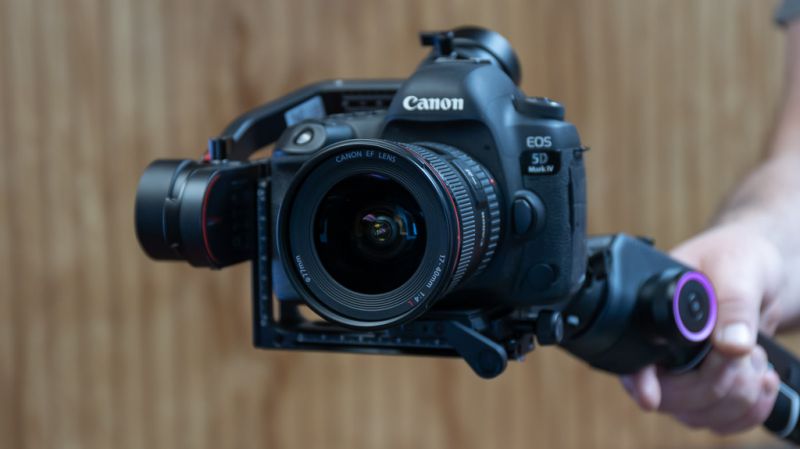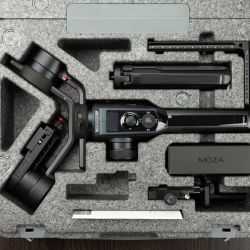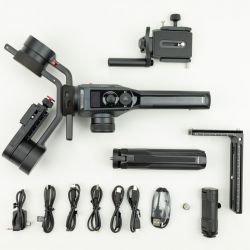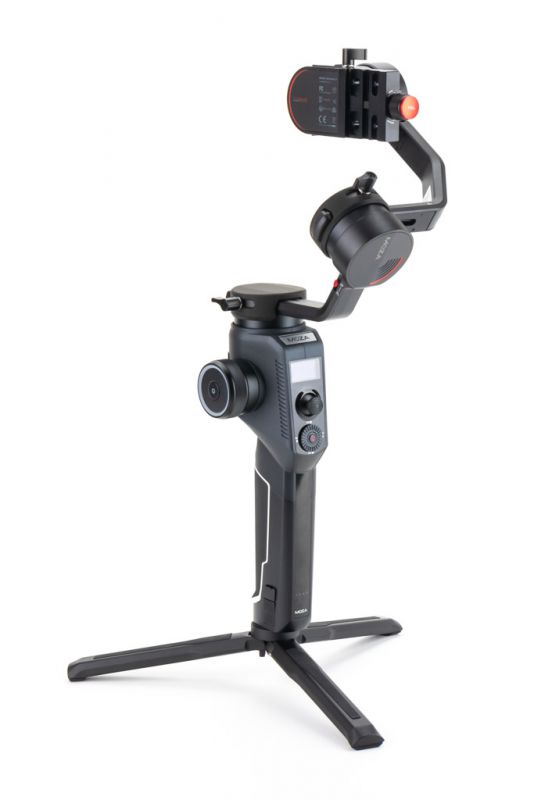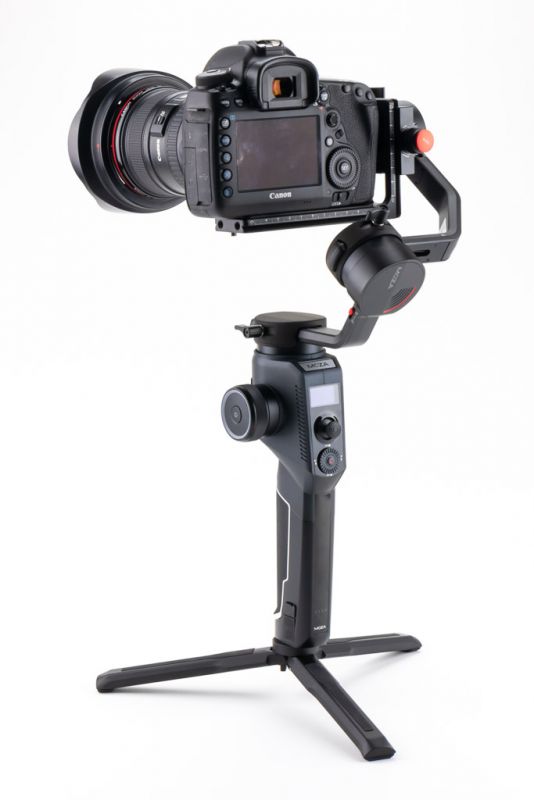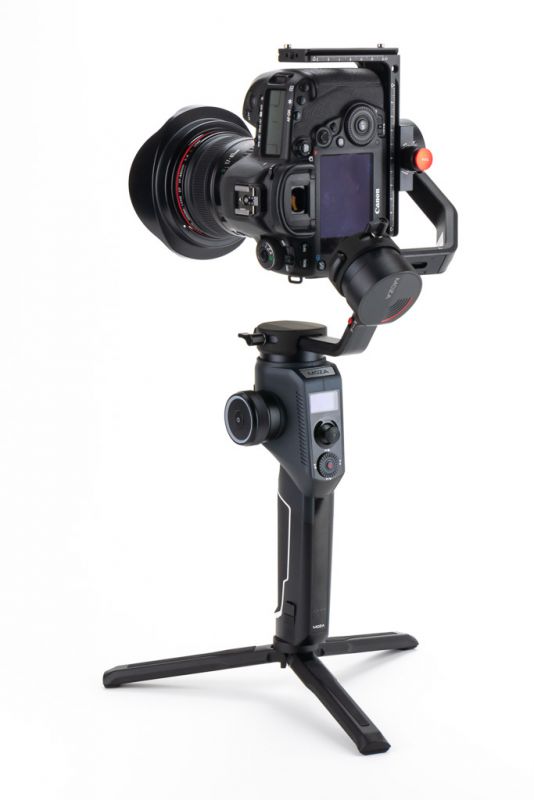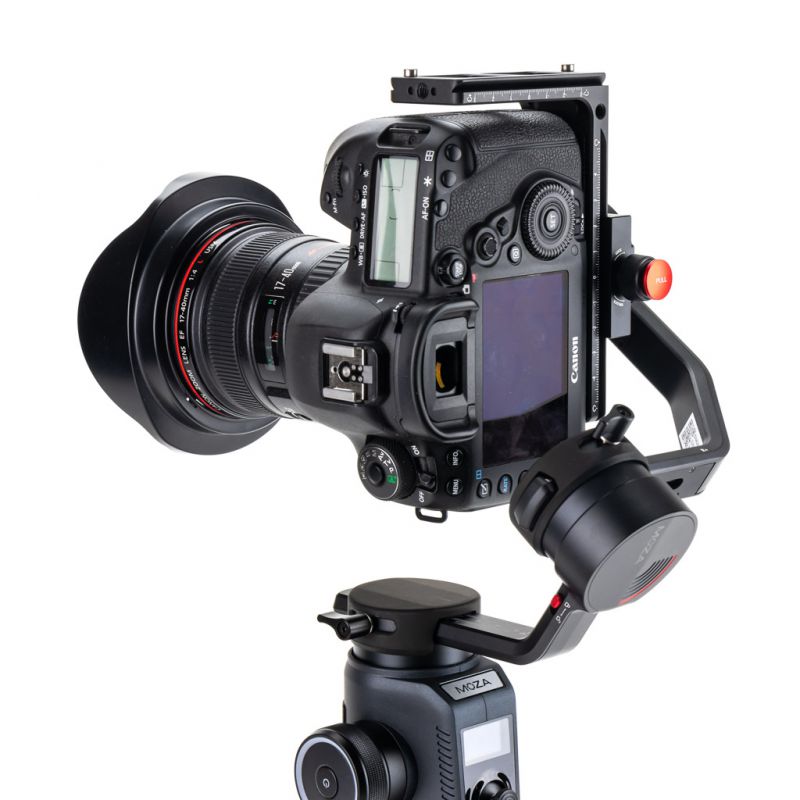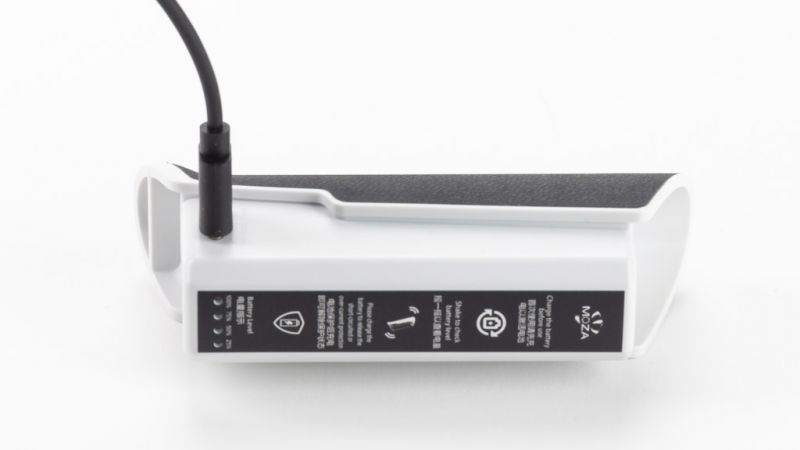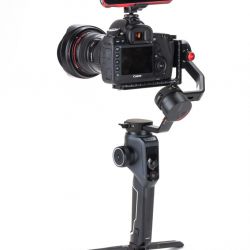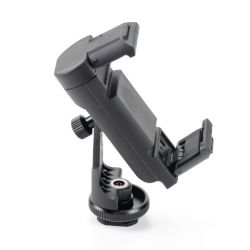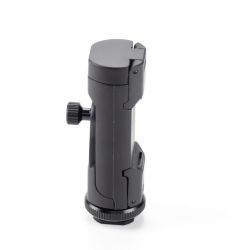REVIEW – Gimbals started as a way to stabilize your video footage. However, today’s gimbals offer many more features than just stable video footage. The Moza Aircross2 gimbal stabilizer had some cool features that I just had to try out.
What is it?
The Aircross2 gimbal stabilizer is a camera stabilizer with up to 7lbs/3.2kg payload capacity.
What’s in the box?
- Aircross2 gimbal
- Phone Holder
- Tripod
- Arca-Swiss quick release plate
- 3/8″ screw
- Manual
- Battery
- L-Bracket
- Quick Release Plate
- Lens Support
- Manfrotto quick release place
- Follow focus install pipe
- Carry Case
- USB-C cable
- 6 Camera control cables
- 1/4″ Screw
Hardware specs
- 7lb(3.2kg) payload with only 2.2lb(1kg) gimbal weight body
- 3000mAh battery, 12-hours battery life, and quick charging in 1.5hrs
- Camera Control port
- OLED screen
- Control wheel, trigger, joystick, and control pad controls
- Bluetooth 4.0
Design and features
The Moza Aircross2 gimbal stabilizer is a lightweight stabilizer that weighs in at just 2.2lb (1kg) but can handle a full-sized interchangeable lens camera weighing up to 7lbs/3.2kg. The gimbal uses a standard arca-swiss type L-bracket to mount your camera in either a horizontal or vertical orientation.
The 3000mAh battery operates the gimbal for up to 12 hours and can recharge in as little as 1.5 hours with an 18W fast charger via its USB-C port. The battery can be charged in the gimbal or removed and charged by itself. The battery features built-in charge capacity LED’s, so you can check the charge status even if it’s out of the gimbal.
The main body of the Aircross2 features a smart control wheel, smart trigger, joystick, and dial wheel. The OLED display is straightforward to read and displays each axis’s status, as well as providing access to the menu system. The controls and switches feel very nice and operate smoothly. The included all-metal tripod screws into the bottom of the gimbal to provide a means to set the gimbal down and provide extra handle length. I was rather impressed with the quality of the tripod. I’ll be using that with and without the gimbal!
The Aircross2 features 360-degree rotational movement on each axis. However, the size of your camera and lens may limit the amount of rotation for the roll and tilt. Each axis has a separate mechanical lock switch, which makes balancing the camera much easier. The locks also keep the camera from flopping around while transporting it while turned off.
The camera port on the top side can be used to control the camera. The features of the camera that can be controlled will vary depending on the camera make and model. For Release notes, User Manual, Camera and Lens compatibility lists, and tutorials, see https://www.gudsen.com/moza-aircross-2-downloads.
The included L-Bracket has five 1/4-20 screw holes for mounting various accessories, but Moza, unfortunately, did not include any clamps for holding the camera control cable. The L-Bracket can be used with or without the focus bracket, but even if you don’t have the follow focus motor, I suggest using the focus bracket for its quick-release capabilities. This also makes it easier to remove the camera for memory card and battery changes without re-balancing the camera.
The included phone holder is actually really nice. It folds down into a compact form, but when needed, it unfolds and hinges in quite a clever way. The phone holder’s body is plastic, but the knob, wheel, and base are metal. I placed quite a bit of pressure on the holder, and it felt reasonably strong. It allows for 360-degree rotation and 35-degrees of tilt.
As with many high-tech devices, a gimbal-like this does take some practice to get proficient with it. Basic camera/gimbal moves are quickly learned, while more advanced techniques take some practice. Some features require double or triple clicks of the trigger or dial control.
The smartphone app is relatively straightforward. First, you select the gimbal you have, then after the gimbal is turned on and the app detects it, you choose it to connect. After that, the app displays the battery level and various options such as Remote Control, Gimbal Setting, Creative Video, Re-center, Linkage control, and more modes (FPV, Inception, Sport gear). There are controls for speed, tilt, pan, roll, Mimic motion, record/stop, take photo, and selfie in the Remote Control section.
The mimic motion is fabulous. This mode allows you to control the direction and movement of the gimbal by moving and positioning your phone. The gimbal mimics the orientation of the phone making complicated gimbal moves easy.
Here’s a short sample video highlighting some of the features of the Aircross2:
What I like
- USB-C charging
- The overall feel of quality
- Mimic Mode with smartphone app
- LED battery indicator on the battery and the ability to remove and charge the battery outside the gimbal
What I’d change
- More control buttons would be nice instead of having to remember all of the double clicks and triple clicks
- The setting for the wheel did not save between sessions.
Final thoughts
Overall I’m impressed with the build quality and operation of the Moza Aircross2. The mimic mode is elegant, and I have some ideas of things I want to try. It will take a little more practice to become proficient with it, but that’s half the fun.
Price: $399.00
Where to buy: Amazon
Source: The sample of this product was provided by MOZA.

